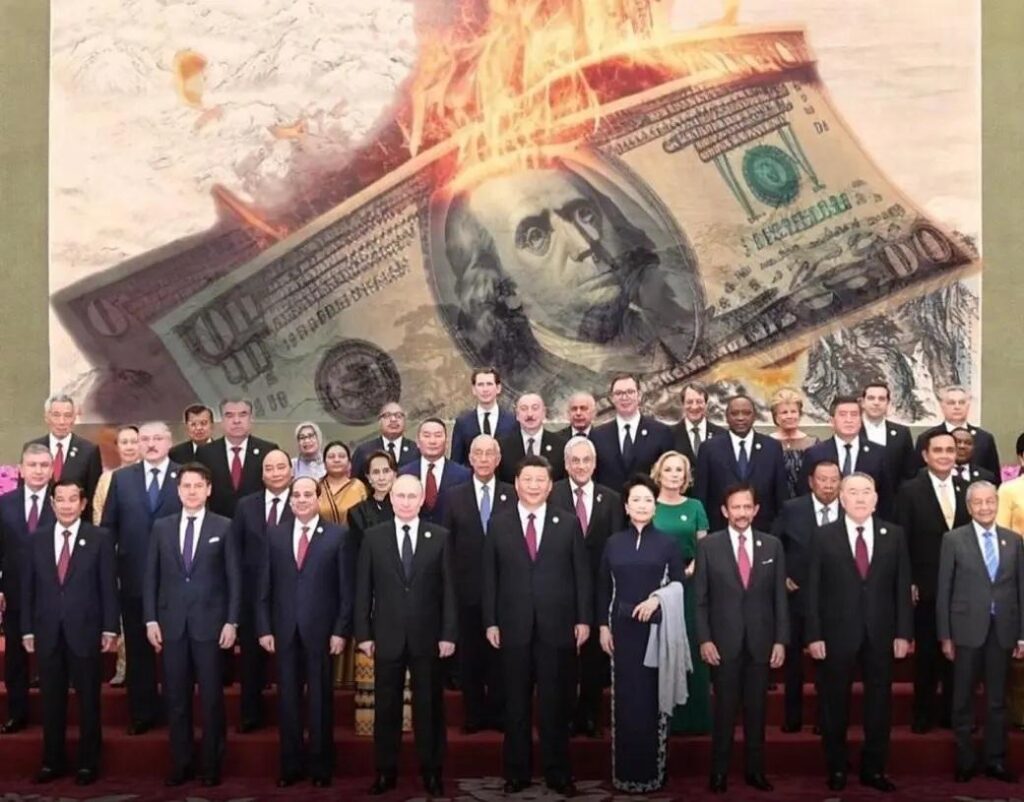BRICS Digital Currencies: A Game-Changer for Global Finance
The BRICS nations – Brazil, Russia, India, China, and South Africa – are rapidly advancing in the development of their Central Bank Digital Currencies (CBDCs). These digital currencies are not just about modernizing payment systems but are also aimed at reducing reliance on the U.S. dollar, posing a potential threat to USD-denominated stablecoins like USDC and USDT.
Understanding BRICS CBDCs
CBDCs are digital versions of national currencies issued and regulated by central banks. Unlike decentralized cryptocurrencies like Bitcoin, CBDCs are centrally controlled to facilitate faster, cheaper, and more secure transactions.
Each BRICS nation is taking its own approach to CBDCs. China’s digital yuan is already in pilot phases, with real-world usage in major cities and international events like the Olympics. India, Russia, Brazil, and South Africa are also exploring their versions, designed not only for domestic use but also for facilitating trade within the BRICS bloc.
The De-Dollarization Drive
De-dollarization, reducing dependence on the U.S. dollar in global transactions, is a key motivation behind BRICS CBDCs. By using digital currencies within the bloc, these nations can conduct cross-border transactions without relying on U.S. financial systems, gaining more economic autonomy and control.
Impact on Stablecoins and Crypto Geopolitics
The rise of BRICS CBDCs poses a challenge to USD-backed stablecoins like USDC and USDT, which are widely used for international payments. As more countries adopt digital currencies within their regions, the demand for dollar-denominated stablecoins may decline, reshaping the stablecoin market.
Moreover, the emergence of CBDCs reflects a shift in global financial power dynamics. It signifies a move towards a multi-currency digital economy, potentially diluting the influence of the U.S. dollar on international trade and geopolitics.
Future Implications and Considerations
While USDC and USDT remain dominant for now, the development of BRICS CBDCs signals a transformative phase in the digital currency landscape. This shift could lead to increased competition, innovation in financial services, and a renewed focus on privacy and financial sovereignty.
For the U.S., maintaining its global financial leadership may require accelerating efforts towards a digital dollar to stay competitive in a changing economic landscape.
Concluding Thoughts
The initiative by BRICS countries to introduce their CBDCs marks a significant milestone in reshaping global finance. As the world transitions towards a more diversified digital currency ecosystem, the implications for stablecoins, cross-border transactions, and geopolitical power dynamics are profound and warrant close observation.
Disclaimer: This article offers insights for informational purposes only and does not constitute financial advice. Readers are encouraged to conduct their research before making any investment decisions.


